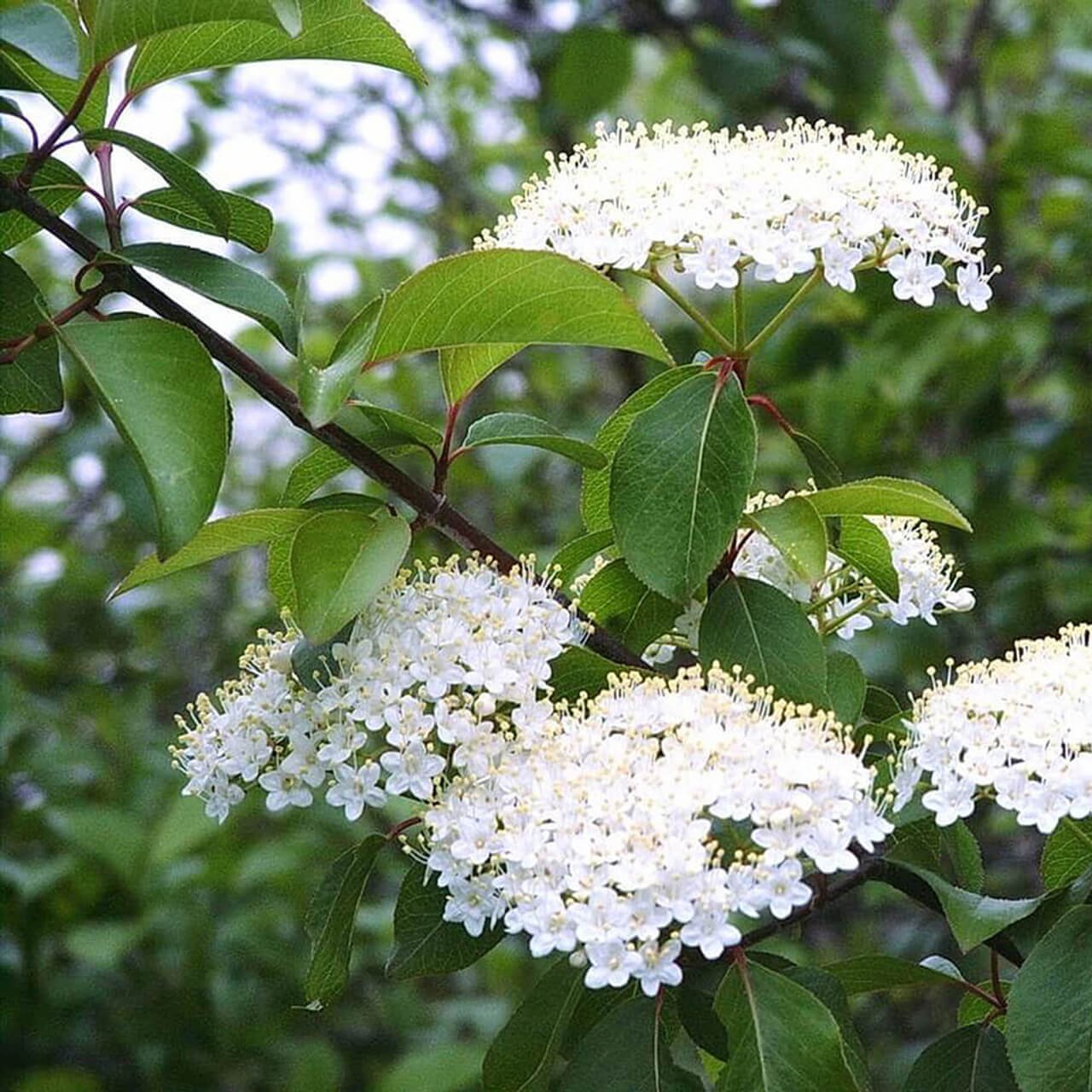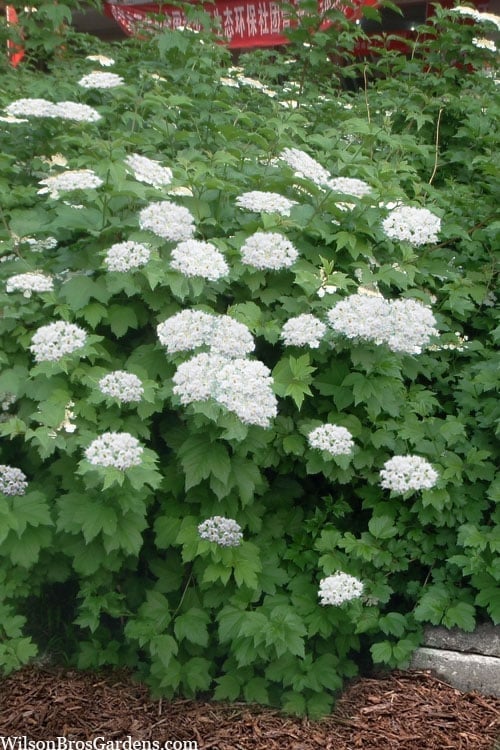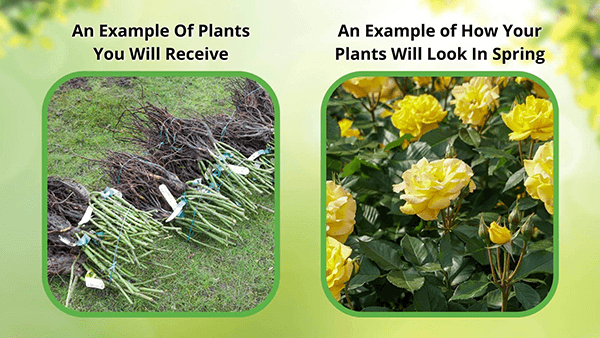




Mapleleaf Viburnum
This plant ships:
NowWe sell bare root plants - click here to see what you'll receive
Mapleleaf Viburnum - Viburnum Acerifolium
Mapleleaf Viburnum is a deciduous shrub with distinctive three-lobed, maple-like leaves and clusters of small, white flowers followed by blue-black berries, making it an attractive choice for woodland gardens. It is a versatile and attractive shrub that offers a range of benefits when used in landscaping projects. With its unique characteristics and aesthetic appeal, this plant can enhance outdoor spaces and create a visually pleasing environment.
It is a deciduous shrubbiest known for its red berries that turn blueish-black during summer. However, it also features flowers and other types of beautiful foliage, particularly during the year's warmer times.
Mapleleaf Viburnum Is A Small Shrub
This plant can reach around 3-6 feet in height and generally has a 2-4 feet spread. Its fuzzy leaves are usually 2-4 inches long with around five lobes that have serrated edges. The reason for it being in its name is because those leaves are shaped like maples.
Seed production typically starts around when this plant reaches two years of age. A sealed seed coat then protects its seeds. In many cases, one of these shrubs can blossom into a colony of them.
Flowers and Berries Of Mapleleaf Viburnum
It creates white flowers in addition to its fruit. Blooming occurs between May and August, usually in June, while fruiting generally occurs between July and October. Meanwhile, those berries, popular with butterflies, birds, deer, rabbits, chipmunks, and people, can remain ripe into winter.
Supports Wildlife and The Eco-System
The colors this plant's leaves display during fall are stunning, and they can vary significantly as the weather and prevailing light conditions are significant factors. Possibilities include yellow, orange, pink, red, and purple. This coloring tends to occur in October and November; the timeline depends on local weather conditions and related factors. Buds created to prepare the shrub for what is coming the following spring will be visible once those colorful leaves have fallen.
Where Mapleleaf Viburnum Is Found
More generally, it is primarily located in the eastern half of North America. In the United States, it can be found in significant numbers from the country's northeast west to Michigan's Upper Peninsula, Wisconsin and Illinois, southwest to East Texas, and south to North Florida.
It is native to dry, rocky woods and prefers partial to full shade, which makes it a suitable addition to woodland gardens or shaded borders. It thrives in deep, rich, moist but well-drained loams and can succeed in rather dry or shallow, rocky soil.
What is the shape of the maple leaf viburnum?
The plant is deciduous, which means it drops its leaves in the winter and has a multi-stemmed, rounded, and upright growth habit. It's similar to the maple tree both in its leaves and its flat corymb clusters of white flowers that bloom in spring, the blue-black fruit it bears, and the activities of changing colors in the fall season.
A moderate-growing plant, it increases in height by 12 to 24 inches per year. When supplied with appropriate care, environmental conditions, hardiness, and sunlight, it may grow to be up to 4-6 feet in 2-3 years.
Optimal Care For This Native Shrub
The best fertilizer type should be slow, slow-release, balanced fertilizer with the recommended 10-10-10 fertilizer for this plant. Use it in the early spring for new foliage and flowering, and don't overfeed in order not to form excessive foliage to the detriment of flowers.
Mapleleaf Viburnum is easy to grow and very easy to maintain. Trim in early to mid-winter to maintain the plant's structure and remove any dieback. Mulching can be done often to help conserve moisture and eliminate weeds.
| Planting zone | [3, 4, 5, 6, 7, 8, 9] |
|---|---|
| Bloom season | Spring |
| Bloom color | White |
| Height At Maturity | Over 10 Feet |







Mapleleaf Viburnum
This plant ships:
Now| Planting zone | [3, 4, 5, 6, 7, 8, 9] |
|---|---|
| Bloom season | Spring |
| Bloom color | White |
| Height At Maturity | Over 10 Feet |

